The Écomusée du Fier Monde
Found within the former Généreux public bath hall on Rue Amherst, across from the Marché Saint-Jacques, the Écomusée du Vier Monde shines a light on the working-class community of Montreal’s Centre-Sud. We visited the museum, and then took a walk around the neighborhood to which it’s dedicated.

Not speaking French, I had no idea what “fier monde” might mean. Mentally, I had prepared myself for either the “Museum of Four Moons” or the “Museum of Fear World.” So, I was a little disappointed to learn that “fier monde” means something like “proud people”… not as exciting as Fear World, but we decided to check it out, anyway.
The Industrial Revolution was a turbulent time for Montreal, during which it rocketed past Quebec City and Toronto to become the richest and most influential city in Canada. The factories and the people who worked in them were based mostly in the Centre-Sud section of the city; basically, everything to the east of the Boulevard St. Laurent and south of Rue Sherbrooke.
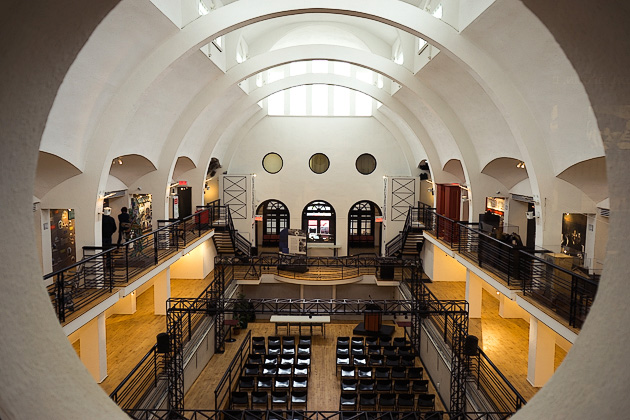
As neighborhoods full of factory workers tend to be, this was a low-income area with squalid living conditions. The Écomusée begins its story during the Industrial Revolution, introducing the lives and struggles of the shift-workers and their families. You learn about the attempts to unionize, and other ways the people of the Centre-Sud organized themselves to improve their lot.
Those early efforts at solidarity would pay off following World War II, when Montreal began to de-industrialize. The factories which had provided the people a living wage closed up completely, or moved out to the suburbs. With no ready jobs, the Centre-Sud became an area of severe poverty, as the families who had the means to escape did so. To survive, the remaining community had to band together, providing basic education and services to its least-fortunate members, and fighting for governmental aid.
Today, life has improved tremendously in the Centre-Sud, and it’s become one of Montreal’s most vibrant areas. The factories never returned, but that’s become less important. The Gay Village is part of the former “fauborg” (suburb), as is the post-industrial neighborhood of Sainte-Marie. Artists and young people have been moving in, drawn by the prime location and relatively cheap prices.
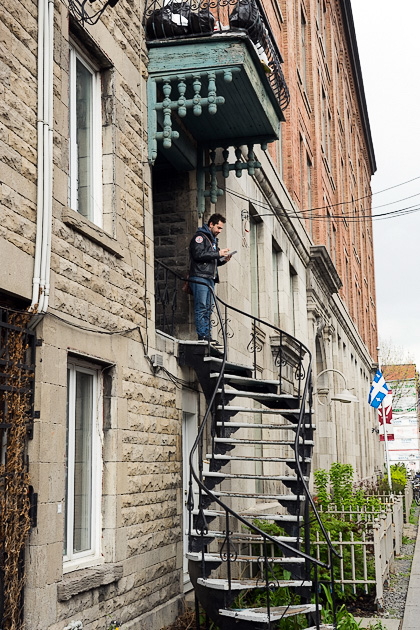
The Écomusée does a good job in describing all this history with a set of exhibits that form a loop around the former pool of the Généreux baths. Built in 1927, this bath hall is itself a part of the Centre-Sud’s history, dating from a time when most residents didn’t have running water of their own, and depended upon such public solutions for their hygienic needs.
The museum is small, and doesn’t take much time to tour. But afterwards, you’ll probably want to spend some time walking around the streets of the Centre-Sud, to see first-hand how it’s matured into the modern day. In many ways, the story of this area is the story of Montreal, and it’s worth stopping in to the Écomusée du Fier Monde to learn about it.
Écomusée du Vier Monde – Website
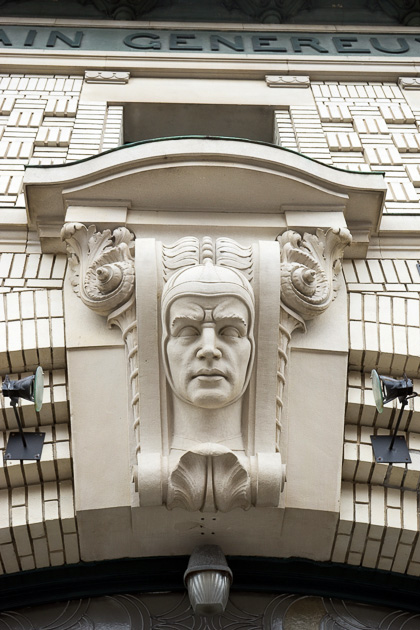
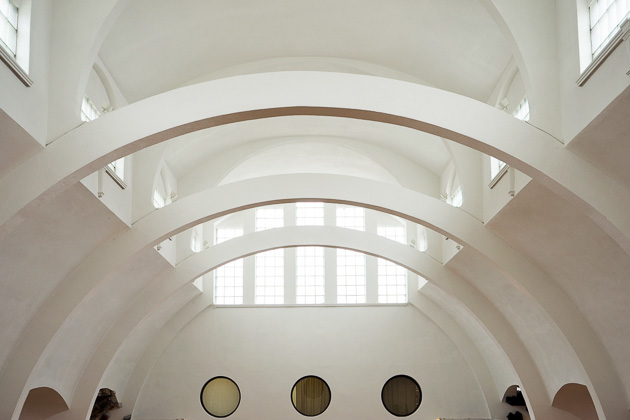


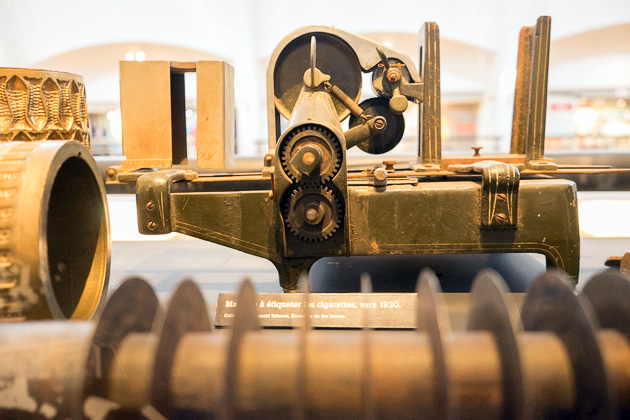
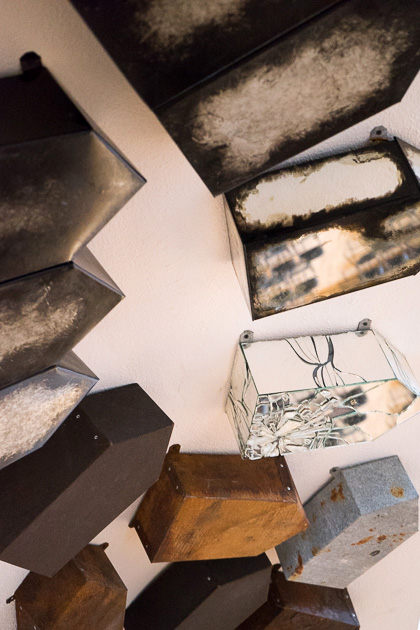
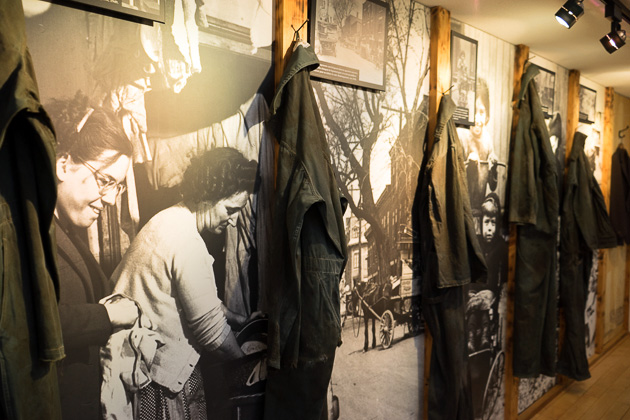
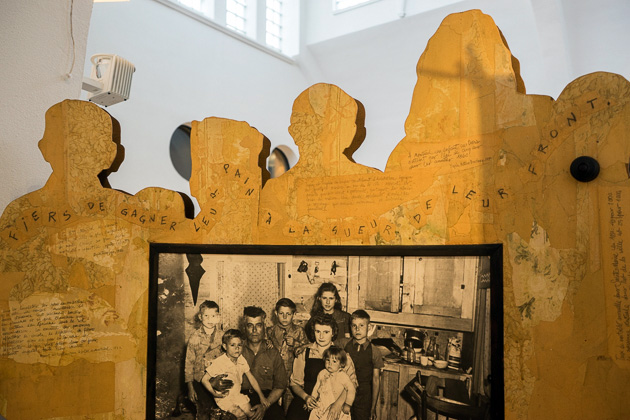

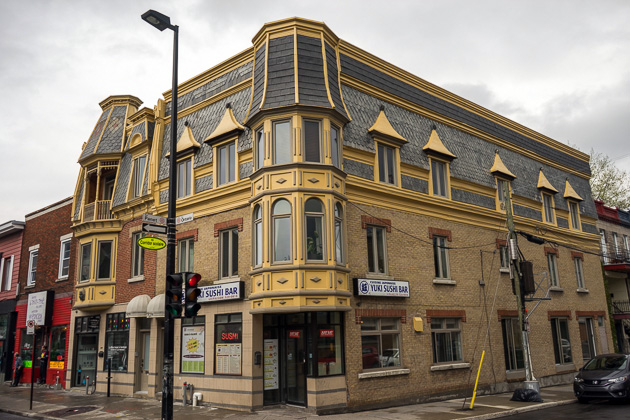

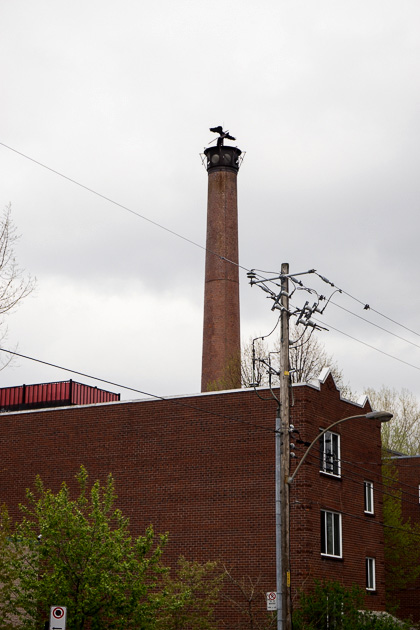


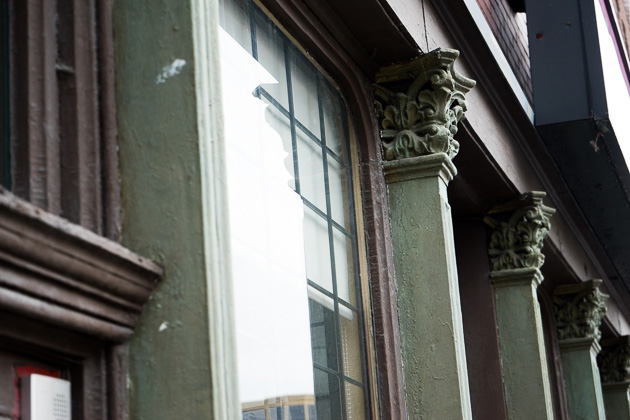

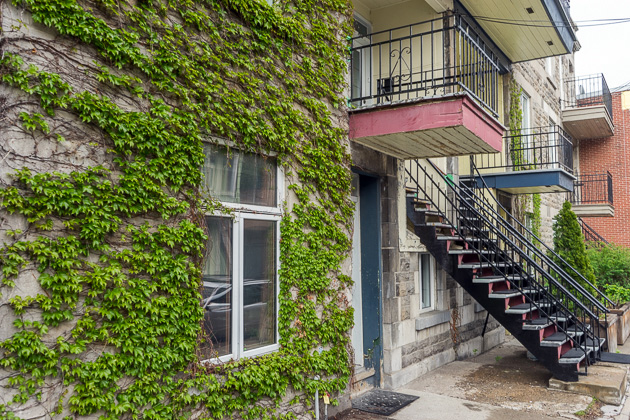
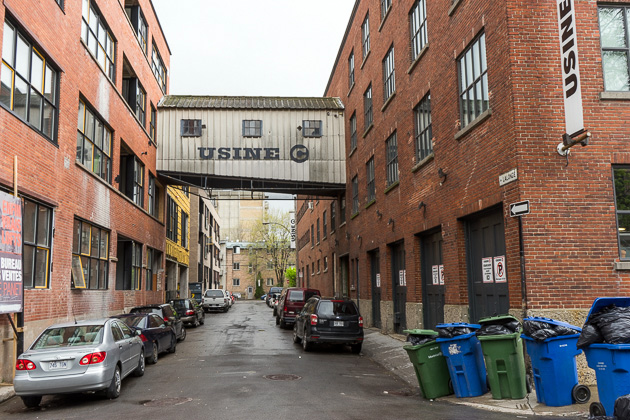


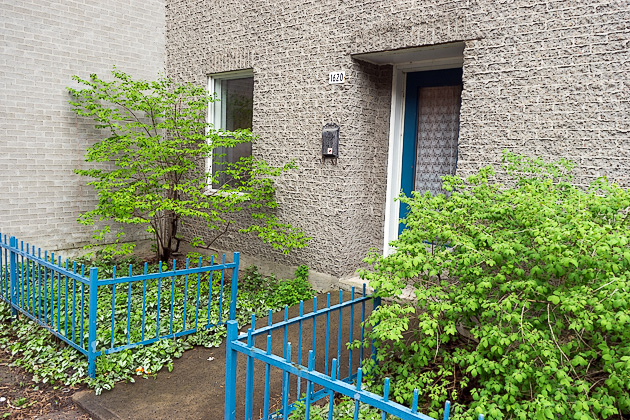

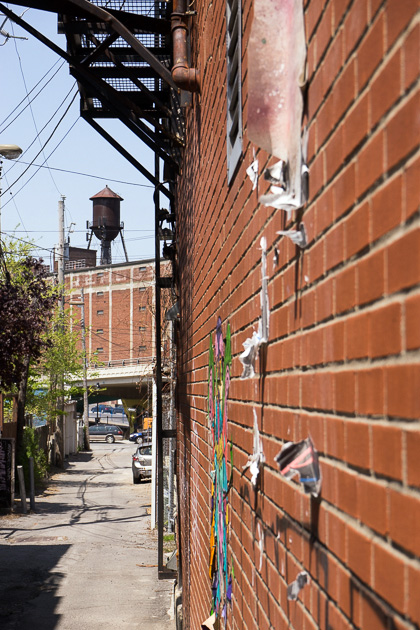
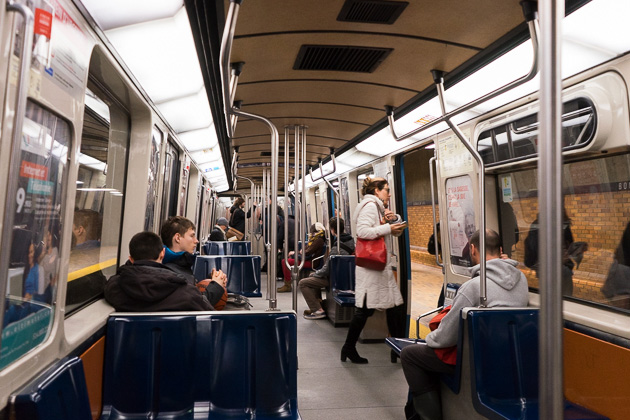


proud to have you guys ♥♥
I live & love Montreal. It has the Europeon flair (old Montrel) as well as the modern North American business culture (center ville). You captured a unique piece with important historical roots that we so often forget or take for granted. Thank you for choosing our city, Montreal. We hope you come again.